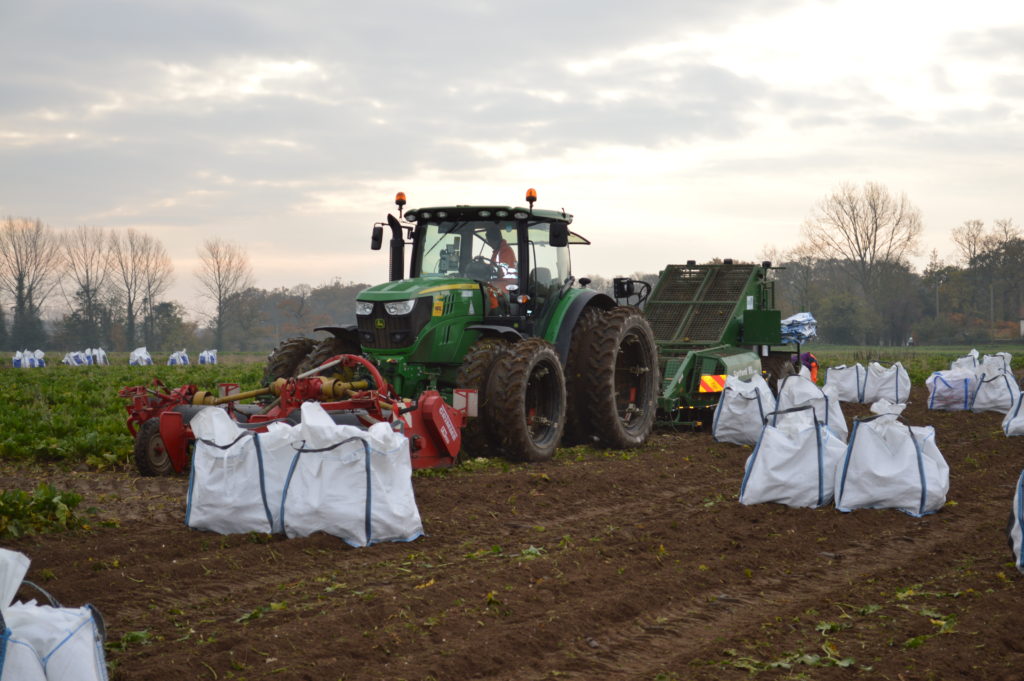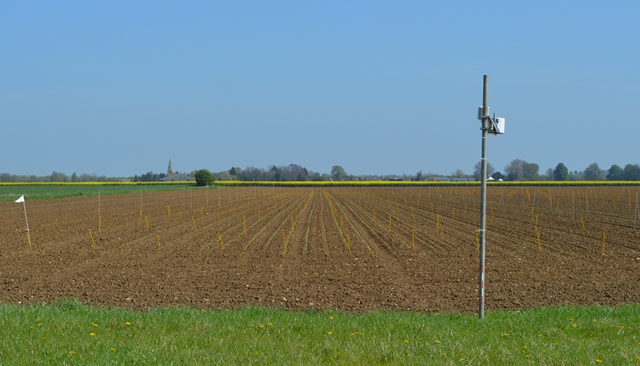The Process of Developing New Seed Treatments for Sugarbeet

Gathering Yield Data | Germains Seed Technology Field Trial
Developing new products and technology is vital for any business’ long term success. For 145 years, Germains Seed Technology continues to lead the seed industry by placing emphasis on new product development and diversifying our product portfolio so that we may continue to support our customer’s needs. With R&D facilities in the US and Europe, Germains’ has a team of Scientists, who collaborate and focus their research on developing new seed treatments for sugarbeets for both North America and Europe.
The Development of a New Seed Treatment
The backbone of developing new products, our sugarbeet research program has four areas of focus: Modus, Priming, Pellet, and Health. Modus covers the fundamental seed biology and new test development to understand seed physiology. Priming research continues for further improvement of priming technology. Germains regularly looks at the potential of pellet materials for increased emergence. Finally, the Health technology evaluates what may be applied to the seeds to help increase yields.

Lab Testing for Seed Germinations | Germains Seed Technology
Extensive Lab Testing
The development and testing of new products begins in the laboratory. We conduct germination, emergence, stress tests, storage tests, and growth tests in the lab. Seeds are placed in paper pleats so that the seeds may germinate under ideal conditions. It is common that we conduct germination tests under different stresses of moisture, temperature, oxygen levels, and salt to see how the seed treatment performs under various conditions. At our UK lab, our scientists use an automated robotic arm to take pictures of trays of seed in pleats every three hours to ensure more accuracy when tracking seed emergence. Another laboratory test consists of planting seeds on a compost bed and then covered with a layer of sand. After planting, this test may be filmed so that we may visually track the speed of emergence and compare treatments.
Field Testing New Seed Treatments
Once all the lab tests show consistent positive results, the new products are tested in small plot replicated trials conducted by contractors, universities, and customers. Field emergence, leaf area, canopy cover, and yields results are taken from the small plot trials to monitor how the products are performing. Field emergence data is gathered by manually taking stand counts in the spring. Leaf area and canopy cover are determined by photographing plots and measuring how much area is covered by leaves. We gather yield data at harvest by measuring the total amounts of the crop harvested and testing the quality of the sugarbeets. Multiple years of data is used and evaluated so that we may determine whether or not the new product is ready to be introduced to our customers so they may begin conducting commercial trials.

Sugarbeet Field Trials | Germains Seed Technology
Long Term Sustainability Though Innovative Seed Treatments
Our Research and Development program allows us to continue to develop new products and ensure our long term sustainability in the market. Whether it is sugarbeet or vegetables, countless hours and dedication are required for us to identify the need for a new crop solution, develop, test, and launch a new seed treatment that improves a seed’s potential and maximize the crops yield. Our commercial team’s ability to identify the market needs and customer demand for a new seed treatment along with R&D’s ability to formulate a new treatment that produces the desired end results is what continues to sustain Germains’ position as a seed technology leader.
